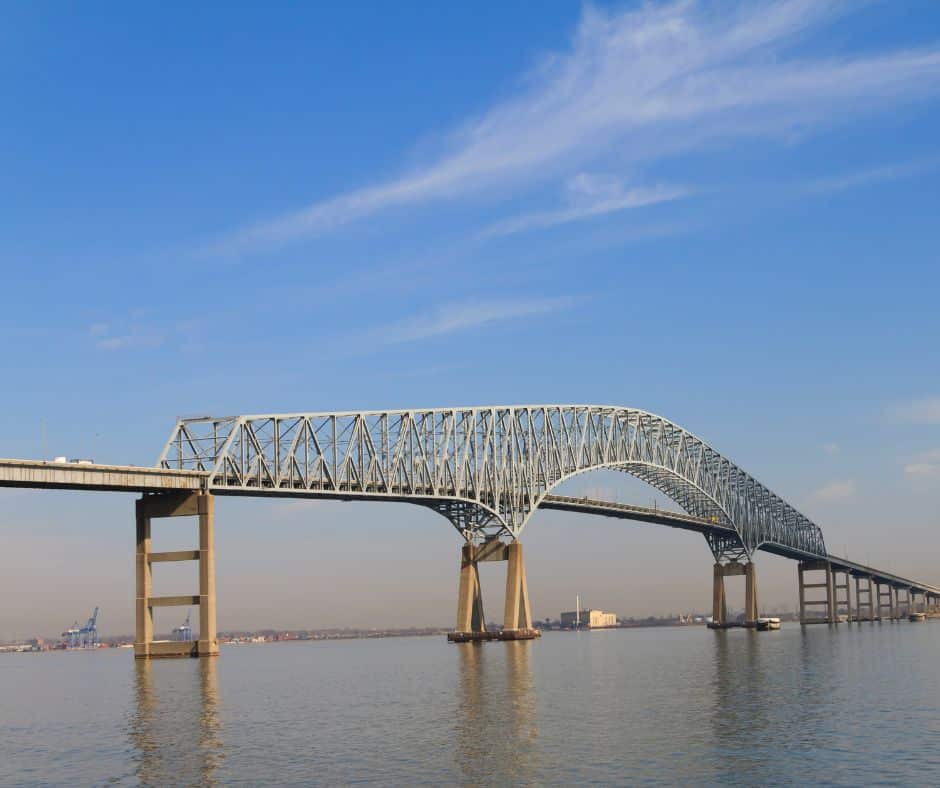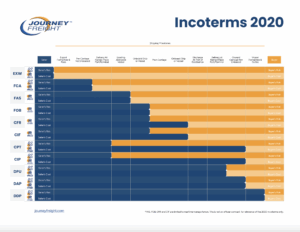
Tragic Collapse Of The Francis Scott Key Bridge – Updates, Effects & Solutions
Update From Baltimore(April 2nd): A temporary Channel, 15-feet in depth, has been opened, but is reserved strictly for vessels assisting in the cleaning of the wreckage or search of missing bodies. Commercial shipping lanes through the channel are still a ways away from reopening with estimates being set at one month from now.
–
Now a week out from the tragic collapse of the Francis Scott Key Bridge in Baltimore, Maryland, we take a look at the effects on the transport industry and the solutions needed to mitigate the delays.
The collapse, occurring on March 26, 2024, when the bridge was struck by a container ship, lead to a tragic incident that underscored the vulnerabilities and the immense significance of this infrastructure. This event has not only caused immediate disruption but also raised broader questions about bridge safety, supply chain impact, and the economic ramifications for the region and beyond.
The bridge, an integral part of the I-695 beltway, facilitated over 30,000 daily crossings, serving as a crucial conduit for personal travel and commerce, including the transport of goods and services across the Northeast Corridor. The collapse has complicated travel and trucking, especially considering Baltimore’s strategic location along the East Coast’s major traffic artery, I-95, underscoring the bridge’s role as one of the “cathedrals of American infrastructure,” as described by U.S. Secretary of Transportation Pete Buttigieg.
The incident prompted immediate federal response, with President Joe Biden committing to “move heaven and earth” to rebuild the bridge and reopen the port as swiftly as possible. Acknowledging the bridge’s critical economic role, Biden assured that the federal government would cover the reconstruction costs, reflecting the national significance of the disaster and the urgency of restoring normalcy in the affected area.
The bridge’s collapse is expected to have a “major and protracted” impact on the nation’s supply chain, especially given the Port of Baltimore’s status as one of the largest shipping hubs in the United States, handling a record amount of cargo and being the top port for imports and exports of automobiles and light trucks. The temporary suspension of ship traffic in the Port of Baltimore necessitates swift action to clear the channel and resume operations, highlighting the interconnectedness of local infrastructure and global commerce.
The Port of Baltimore has suspended vessel traffic for at least the next month. With shipments now being redirected all over the East Coast; NJ/NY, Norfolk, Savannah, and Jacksonville being the main ports. Customers are in crisis mode looking for ports and available space to get their products offloaded.
How we are operating to help mitigate delays and interruptions for our clients?
Coordinating with Terminals, Steamships & Agents
Working closely with our partners to streamline rerouted container ship traffic and expedite the handling of cargo at alternate ports.
Increased Capacity and Efficiency
Journey has drayage and warehousing capacity at all ports within the US. We’re working with our partners to limit delays to their end receivers by utilizing our network. Optimizing existing infrastructure and operations to handle increased container ship traffic, including potentially increasing capacity at alternative ports and improving efficiency in cargo handling processes.
Communication and Transparency
Maintaining open communication with clients to keep them informed about any delays or changes in shipping schedules, and providing regular updates on the situation.
Contingency Planning
Developing and implementing contingency plans to address any unforeseen challenges or disruptions that may arise during the rerouting process, ensuring that operations can continue smoothly.
Collaboration with Shipping Partners
Collaborating with shipping partners and other relevant stakeholders to coordinate efforts and minimize disruptions across the supply chain.
By implementing these solution steps, we aim to limit delays and mitigate the impact of the bridge collapse on container ship operations and the broader supply chain.
If you have questions about possible disruptions in your shipment, please reach out to us now!



